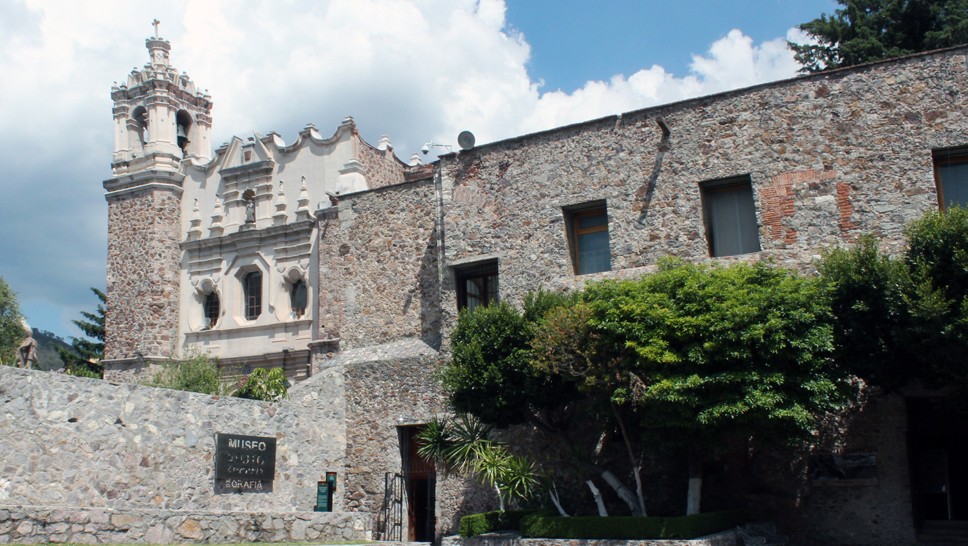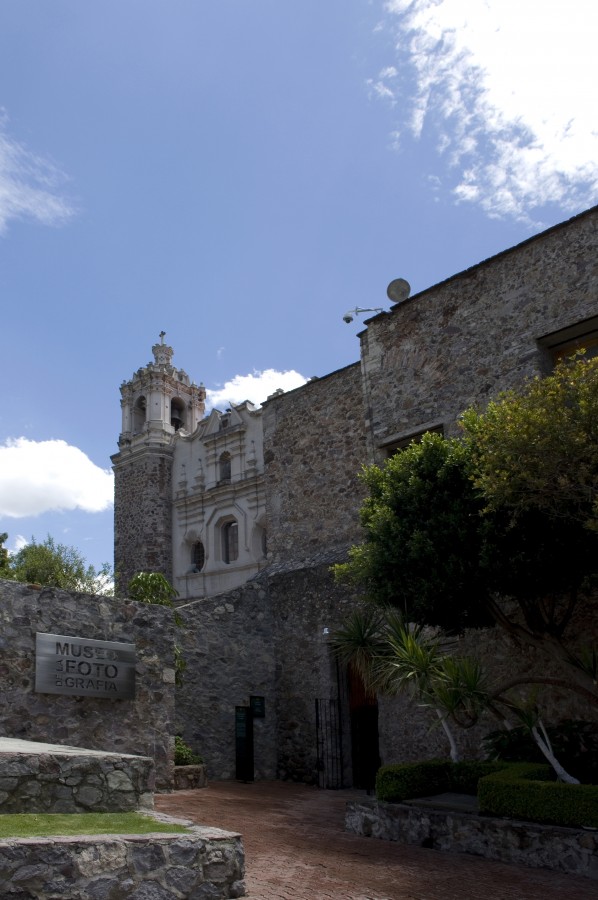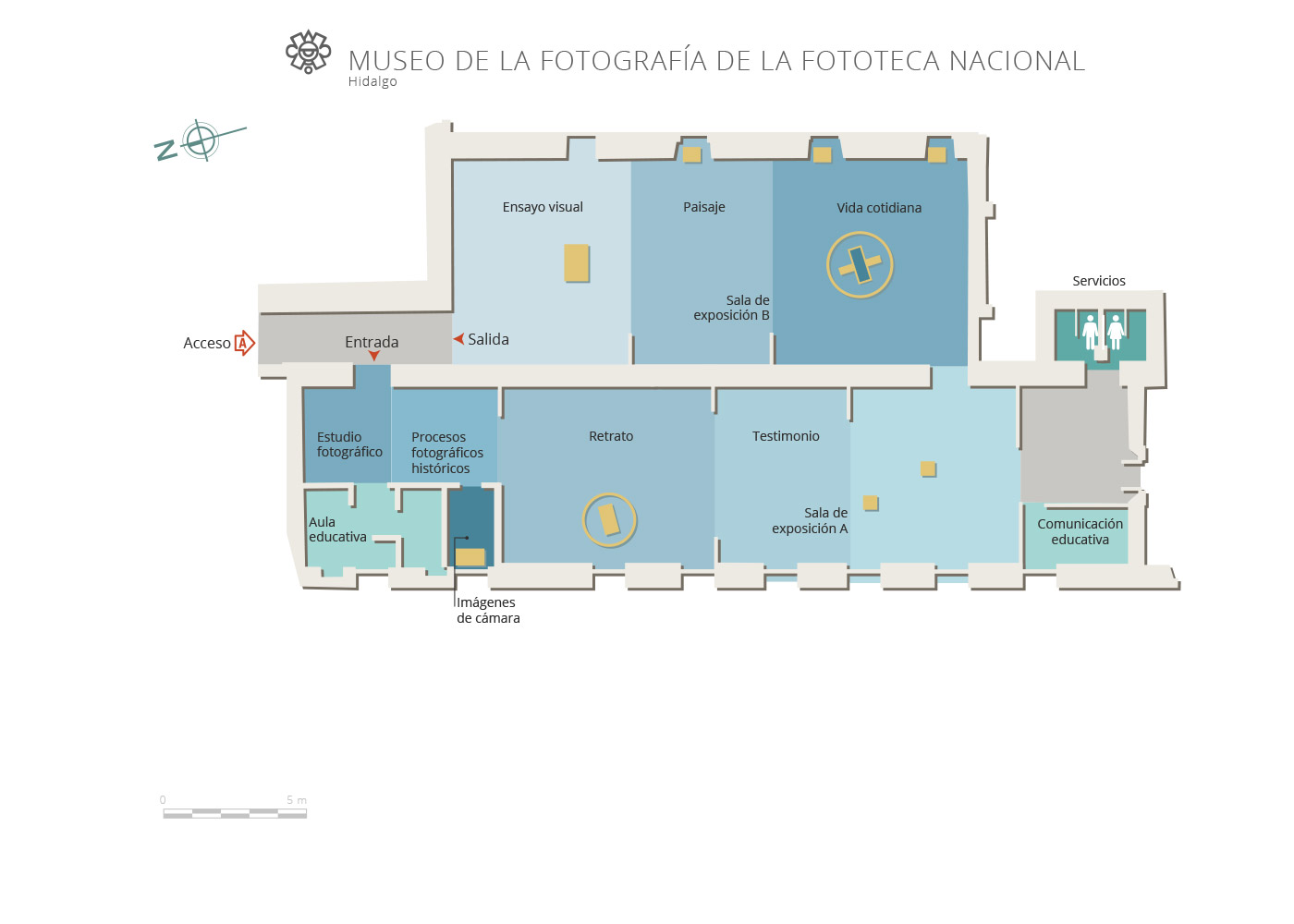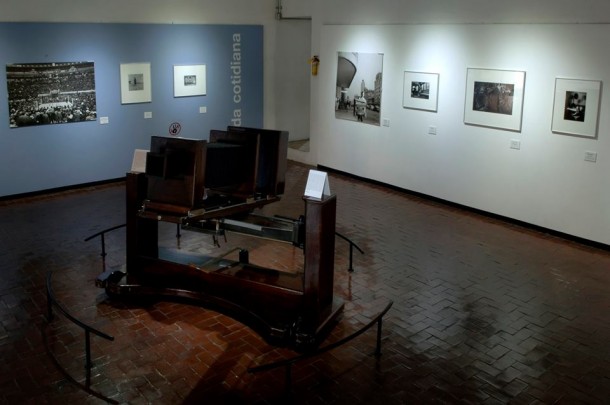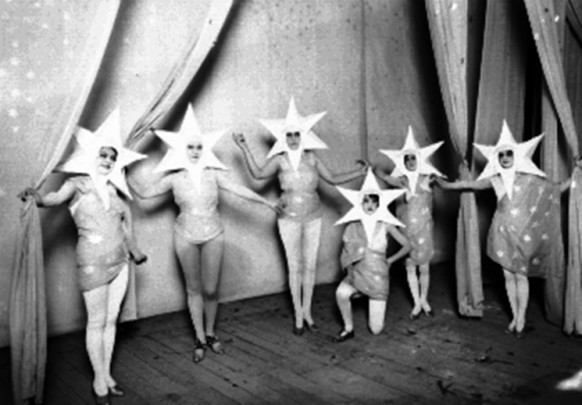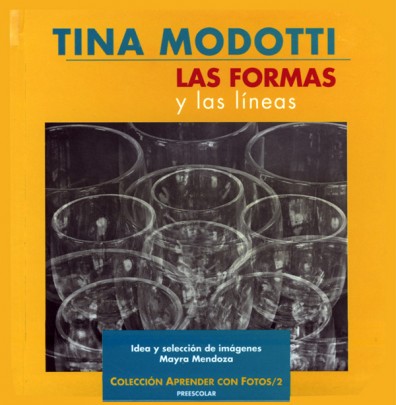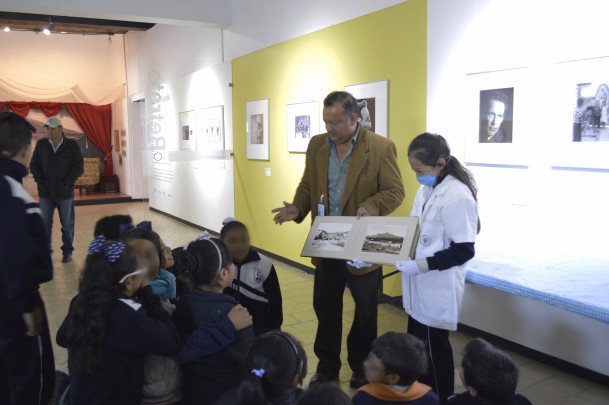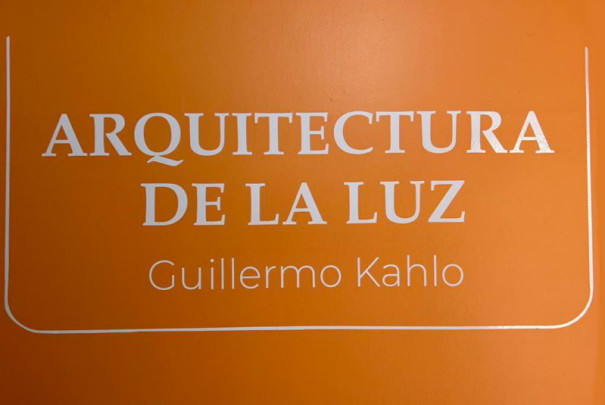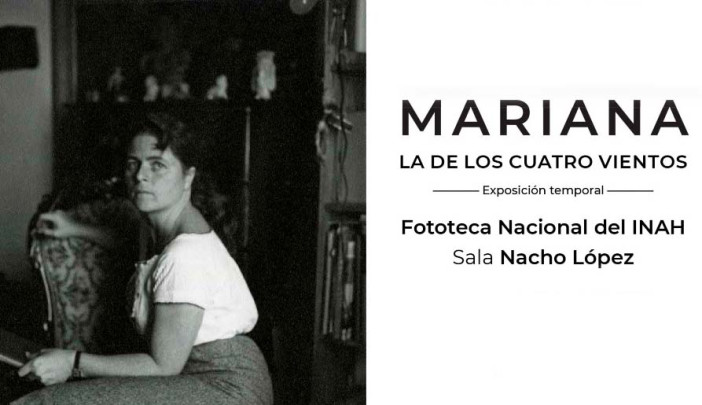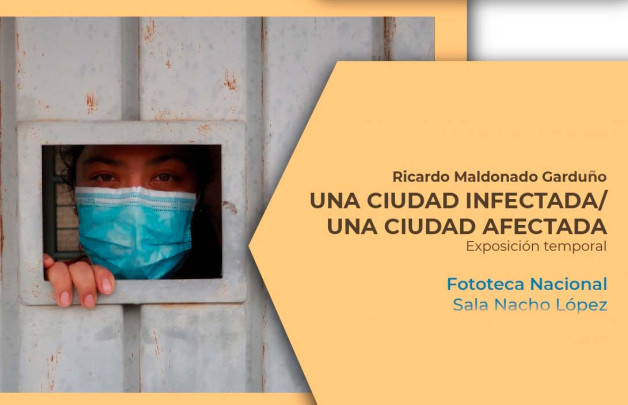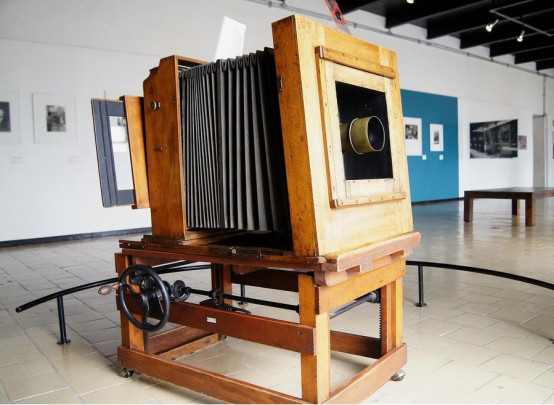Museo de la Fotografía del Sistema Nacional de Fototecas
The venerable seventeenth-century former monastery of San Francisco in Pachuca houses an extremely rich collection of images from the nineteenth century onwards, featuring historical events, daily life, landscapes and visual essays. There are important collections of Tina Modotti, Nacho López, Guillermo Kahlo, and not least the collection amassed by Agustín Víctor Casasola.
Local
About the museum
The museum has themed modules on portraiture, eye-witness pictures, scenes from everyday life, landscapes and visual essays. It was founded in 1984 to provide access to a sample of the vast collection preserved by the INAH National Photo Library. The museum is on the upper floor of the Former Monastery of San Francisco, in Pachuca, Hidalgo. It dates to the seventeenth century with restorations carried out over the subsequent centuries.
A visit begins with the introductory gallery, looking at the most common photographic techniques in Mexico from the nineteenth to twenty-first centuries. We then move on to the museum’s five thematic modules: 1. Portraiture, photographs of one or more people taken under different circumstances and for various ends. 2. Eye-witness photography, pictures of historically important moments, from discoveries of archeological monuments to social protests. 3. Everyday life, photographs of social groups recorded in all public spaces. 4. Landscapes, pictures taken of places, whether natural with open skies or urban. 5. Visual essay, including works in which the photographer’s imagination is the basis for creating photomontages or fictional stories, as well as composite historical fictions.
There are also cameras on display. The public can learns about different image processing methods and new technologies, which have been used to copy photographs taken in the nineteenth and twentieth centuries, such as the portrait of Empress Charlotte and some of the traveler's photographs from the second half of the nineteenth century. To the above can be added pictures which have become part of the collective imaginary, such as Agustín Víctor Casasola’s picture of Francisco Villa in the presidential chair.
The collection also preserves original pictures taken by luminaries such as Manuel Álvarez Bravo, Pedro Meyer, Graciela Iturbide, Rodrigo Moya and Gerardo Suter, as well as representative works of famous photographers of the intermediate generation such as Eric Jervaise, Gerardo Montiel Klint and Laura Barron.
A visit begins with the introductory gallery, looking at the most common photographic techniques in Mexico from the nineteenth to twenty-first centuries. We then move on to the museum’s five thematic modules: 1. Portraiture, photographs of one or more people taken under different circumstances and for various ends. 2. Eye-witness photography, pictures of historically important moments, from discoveries of archeological monuments to social protests. 3. Everyday life, photographs of social groups recorded in all public spaces. 4. Landscapes, pictures taken of places, whether natural with open skies or urban. 5. Visual essay, including works in which the photographer’s imagination is the basis for creating photomontages or fictional stories, as well as composite historical fictions.
There are also cameras on display. The public can learns about different image processing methods and new technologies, which have been used to copy photographs taken in the nineteenth and twentieth centuries, such as the portrait of Empress Charlotte and some of the traveler's photographs from the second half of the nineteenth century. To the above can be added pictures which have become part of the collective imaginary, such as Agustín Víctor Casasola’s picture of Francisco Villa in the presidential chair.
The collection also preserves original pictures taken by luminaries such as Manuel Álvarez Bravo, Pedro Meyer, Graciela Iturbide, Rodrigo Moya and Gerardo Suter, as well as representative works of famous photographers of the intermediate generation such as Eric Jervaise, Gerardo Montiel Klint and Laura Barron.
March 1984
Map
An expert point of view
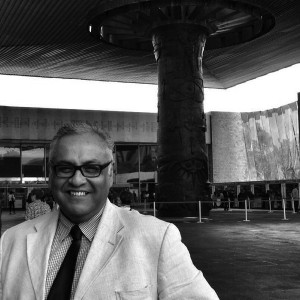
Juan Carlos Valdez Marín
Dirección del Sistema Nacional de Fototecas
Practical information
Tuesday to Sunday from 10:00 to 18:00 hrs.
Free entry
Casasola s/n,
Plaza Aniceto Ortega, C.P. 42000,
Pachuca, Hidalgo, México.
Plaza Aniceto Ortega, C.P. 42000,
Pachuca, Hidalgo, México.
The Museum of Photography is located in the historic center of the city of Pachuca, in the former monastery of San Francisco, Plaza Aniceto Ortega.
Services
-
+52 (771) 714 36 53, ext. 228114
-
This email address is being protected from spambots. You need JavaScript enabled to view it.
-
FACEBOOK
-
TWITTER
Directory
Director del Sistema Nacional de Fototecas
Juan Carlos Valdez Marín
This email address is being protected from spambots. You need JavaScript enabled to view it.
+52 (771) 714 36 53, ext. 228103
Subdirector de Fototeca Nacional
Mtro. Arturo Eliseo Jaramillo Peñaloza
This email address is being protected from spambots. You need JavaScript enabled to view it.
+52 (771) 714 36 53, ext. 228101

